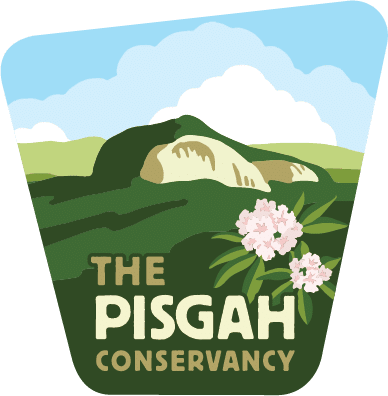The need
Kuykendall Group Campground has large infestations of mature stands of several invasive plant species, including:
- Autumn Olive
- Chinese Privet
- Multiflora Rose
- Japanese Honeysuckle
These infestations have created dense, impassable thickets throughout the riparian corridor that not only crowd out our unique native plant populations but also create a landscape that cannot be accessed by campground visitors.
This is easily the most massive, dense, and egregious infestation of invasive plants in the entire Catheys Creek watershed, with acres of forest comprising 95%+ invasives. One particular spot, which the crew has dubbed “the pit of despair,” is a sunken former lakebed which has become completely filled in and overgrown with woody stemmed invasives after it was drained decades ago.
This is the crew’s first major project in their efforts to restore a balanced, native, and diverse plant population to areas in dire need of ecological restoration.
How we addressed the need
During Phase 1 of this project (completed in 2024), our Invasive Plant Management Crew was tasked with removing all large infestations mechanically (by hand and by machine) and chemically to create the access needed to perform additional work.
The Crew was also tasked with removing the large mast-producing invasive plants that are creating the seedbanks for future infestations.
All of the invasive material they cut was chipped back onto the forest floor where it will assist in redeveloping an organic layer of soil that will speed up the enhancement and habitat of the watershed.
Completion of Phase 1 will allow for native plant populations to move back in, compete for resources, and to eventually reclaim their dominance of the landscape.
With the initial assessments and treatments completed during Phase 1, additional management efforts in this area will be less intensive and will require fewer resources.
Outcomes:
- 18 acres of mature stands of invasive plant species have been treated and chipped to remain to desiccate on site
- 1 mile of stream corridor has been opened for in situ native plant reintroduction
- 18 acres of forest access has been opened for public enjoyment and educational opportunities



